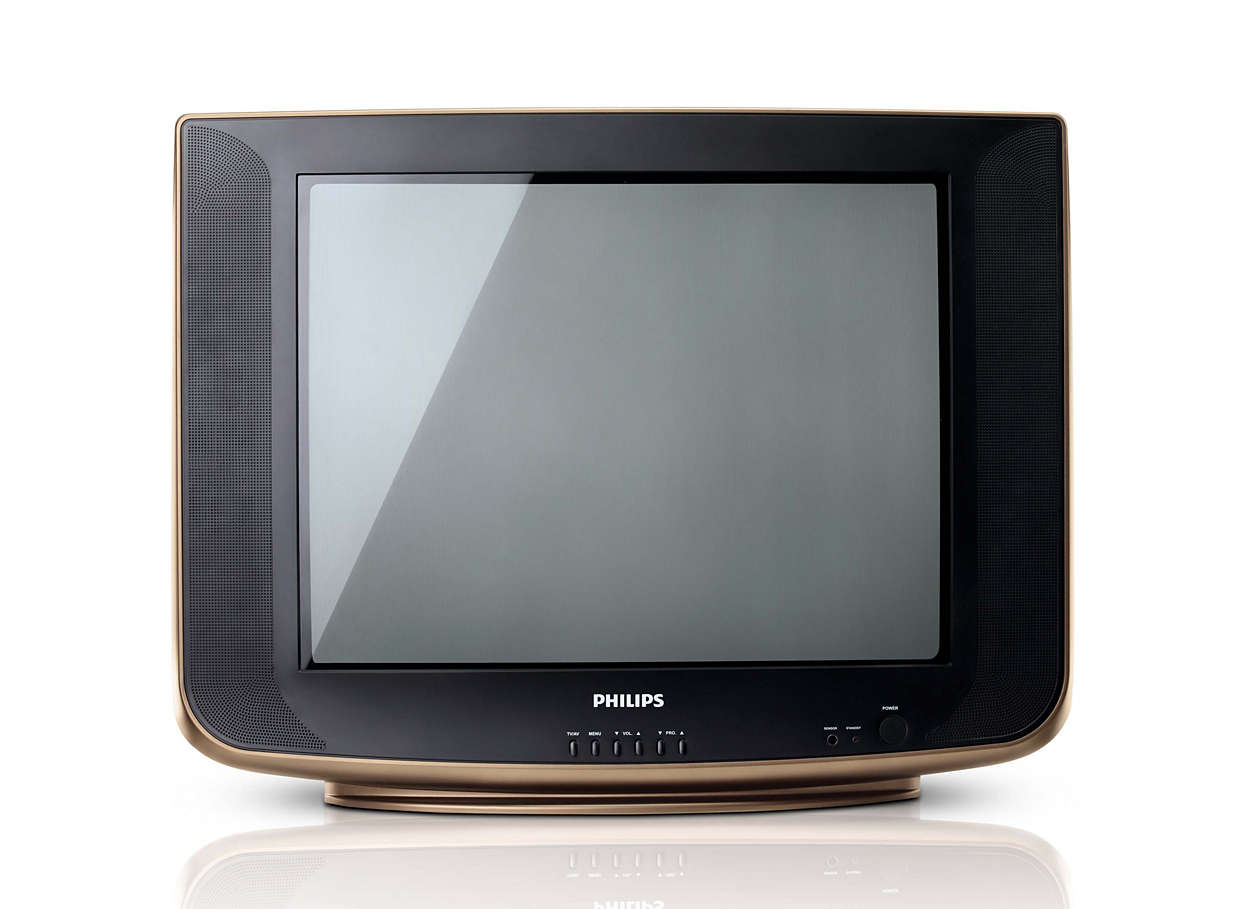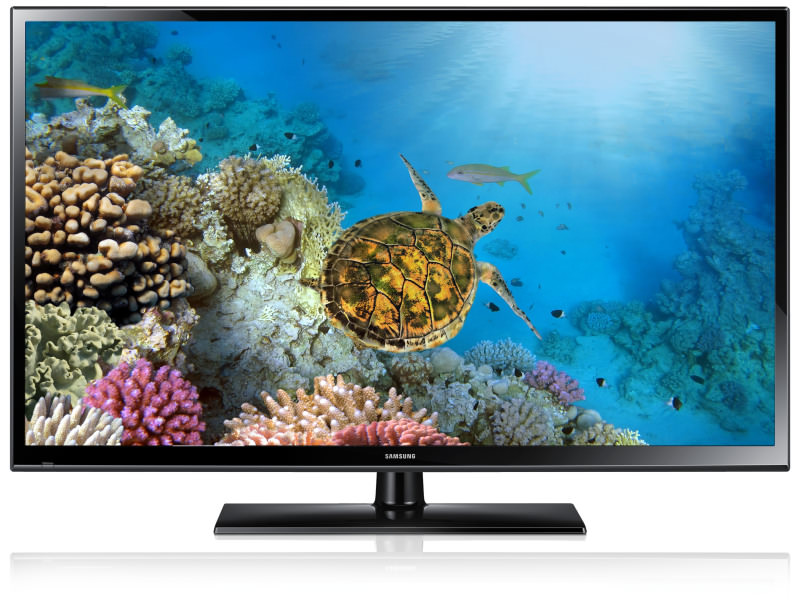[Samsung] [LG] [Sony] [Panasonic] [Intex] [MI] [Micromax] [Kodak] [Thomson] [Sansui] [TCL] [Vu TV] [Sanyo] [Blaupunkt] [BPL] [Onida] [Philips] [Metz] [Kevin] [Mitashi]
Before Buying a Product ( TV ) you have to know some knowledge about that product. Modern televisions have an attractive smooth design & have lots of smart features. but if you don't know about television (TV) here we explained.
here we explain how many types of TV's are – we’ll focus on CRT, LCD, LED, PLASMA & OLED and give you a brief explanation of how they work how its look.
So let’s start with the basics and a TV format not mentioned above- The CRT.
CRT (Cathode-ray tube) it is the oldest model as you see in the picture 👇
CRT

Old CRT TV has Black & White Picture. or it has the lowest quality of picture, also has color picture with CRT TV & Monitors. if you find a CRT TV or Monitor in any market you have 10% chance to get it, because it's not available in all market or nowadays people not using CRT TV or Monitors.
LCD

LCD's (Liquid Crystal Display) are thin displays, normally used in laptop computers and TV screens.
LCD have best picture quality than CRT, or have low light which can't reflect our eyes. it have thin display which also fit with our home decorations. or looking good and luxurious.
LED

It is the updated version of LCD it's creating best picture quality than LCD with no eye reflection. LED (Light Emitting Diode) have same look like LCD.
Contrary to popular belief, LED TV’s are not a completely new format of TV- Instead they are simply an updated version of the previous LCD generation. LED use the same technology as an LCD TV, but instead of being illuminated by a florescent bulb from behind, they are lit by an array of LEDs (light emitting diodes). These are far more efficient and smaller in size, meaning the TV can be narrower.
LED have separated in two categories - Direct (Back-lit) LED and Edge-lit LED
Direct LED
These displays are back-lit by a group of LED's directly behind the screen. This enables focused lighting areas – meaning specific cells of brightness and darkness can be displayed more effectively.
Edge-lit LED
As the name suggests have lights set around the television frame. Edge-lit models reflect light into the center of the monitor, and are the thinnest, lightest models available. Since they have fewer lights in the center of the screen.
LED is the most popular format of TV on the market now due to its cost, size and versatility, although it is not the highest quality image available.
PLASMA

Plasma screens are made of 2 sheets of glass with a mixtures of gases stored between the layers. These gases are injected and sealed in plasma form during the manufacturing process, hence why we have the name ‘Plasma TV’.
When charged with electricity, the gases react and cause illumination in the pixels across the screen.
Plasma, is arguably superior to LCD & LED in terms of contrast and color accuracy. However the format, due to costs, is restricted to larger screens sizes, usually 40-inch +. In these larger screen sizes, buying the Plasma option tends to work out cheaper. It is also used in the super-sized 80-inch+ screens as the plasma screens are easier, and more cost effective, to produce over a larger size.
OLED

OLED is massive leap forward in screen technology. Unlike its name suggests, OLED is nothing like LED.
On the whole, OLED is thinner, more flexible, faster at processing images, creates deeper colours and more crisp in contrast. It is still very expensive and will not be seen on consumer TV’s at an ‘affordable price’ for at least another year.
You have to chose the right model for your home which is suitable for your home. and all TV's have different sizes. also chose right size.

No comments:
Post a Comment